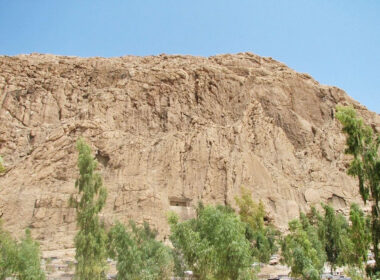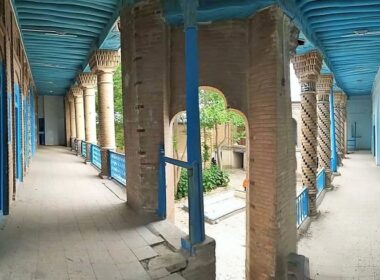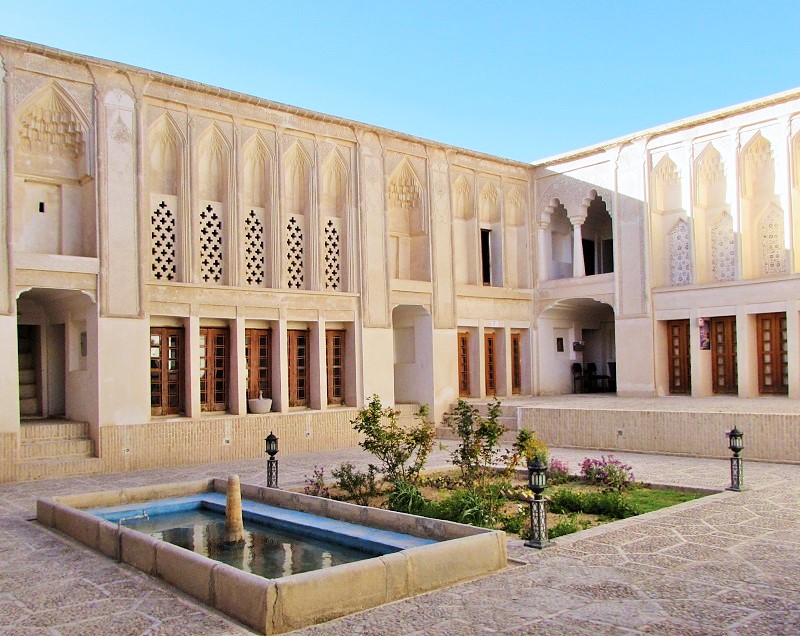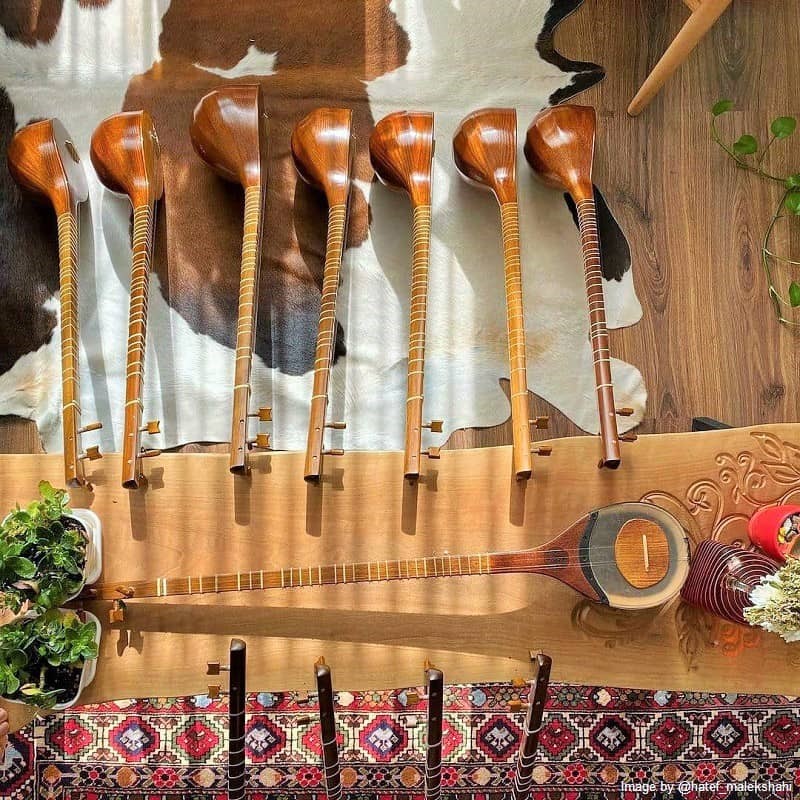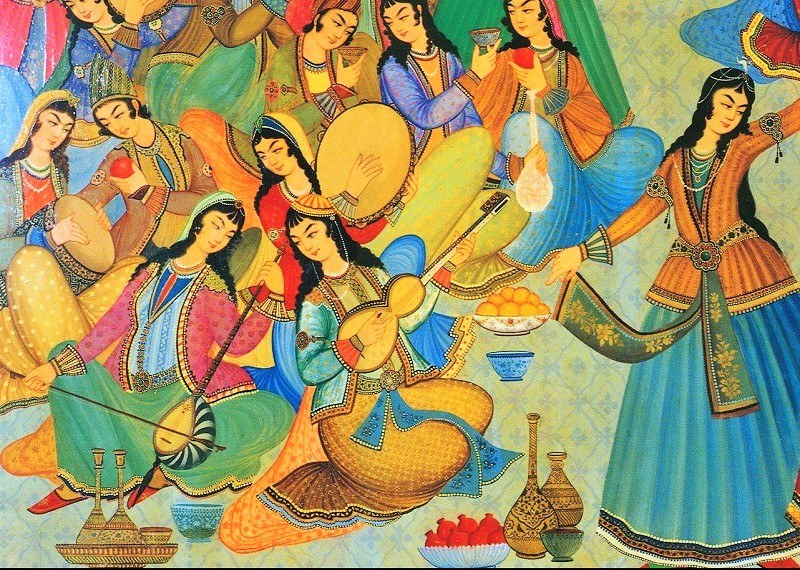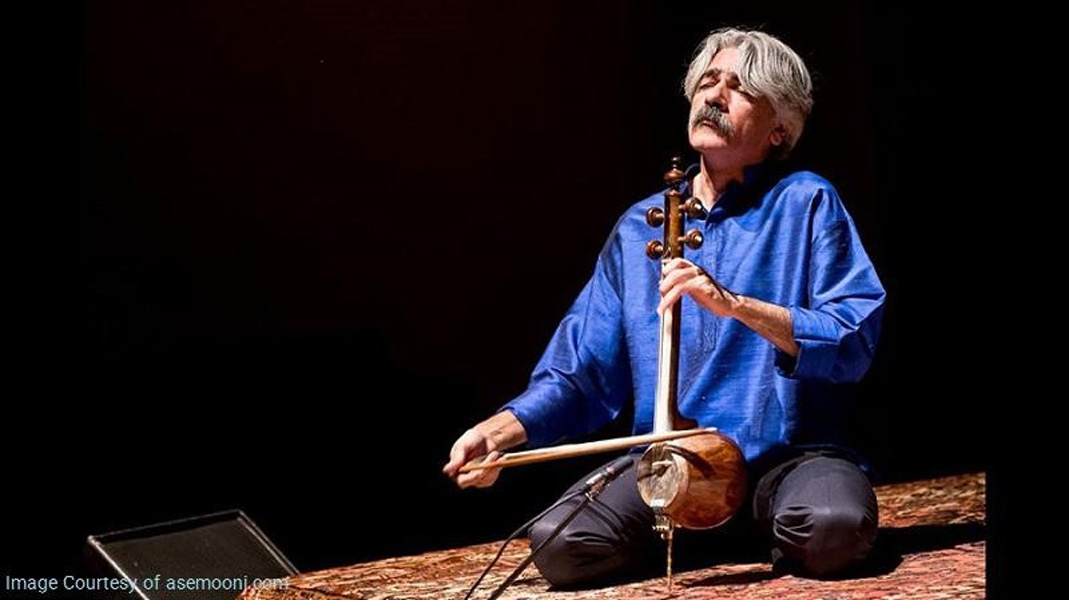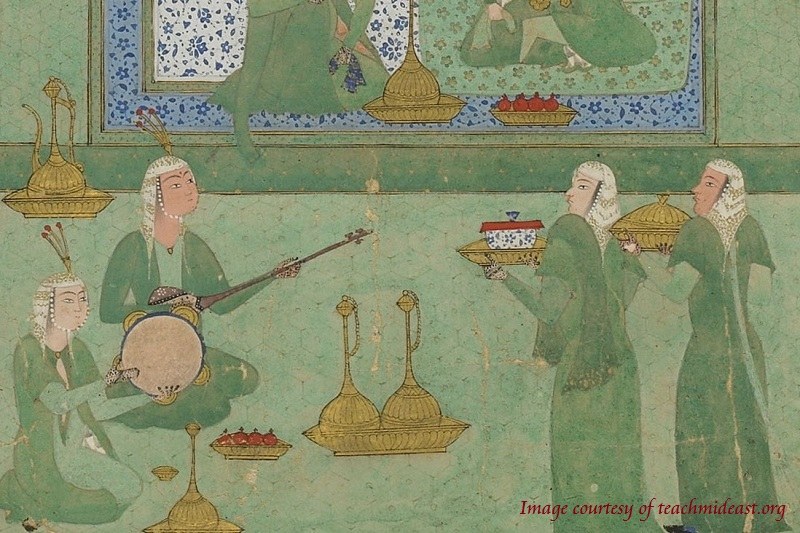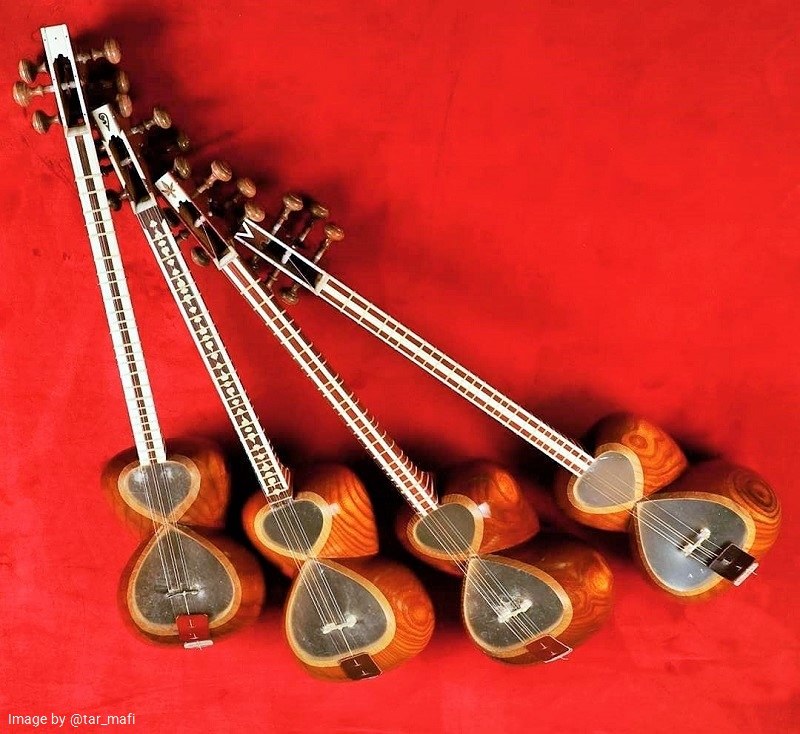
Tar is an Iranian stringed instrument that is played with a plectrum (pick). Generally, the musicians of this traditional instrument are in Iran and some other regions of the Middle East such as Tajikistan, Azerbaijan, Armenia, Georgia, and other regions near the Caucasus. The skills of craftsmanship and performance art of the Tar are associated with the name of Iran in the world.
The word “Tar” itself means string in Farsi. However, it may have the same meaning in languages influenced by Persian or similar languages such as Kurdish. For this reason, Iranian experts are of the opinion that the word “Tar” has a common root among all Iranian tribes.
In the past, the Iranian Tar had five strings. Ghulam Hussain Darwish (Darwish Khan), the most famous musician of all time, added the sixth string to the Tar, which is still used today.
The Background of Craftsmanship and Performance Art of the Tar
To learn about the background of the traditional skills of craftsmanship and performance art of the Tar, we must refer to archaeological findings and historical documents related to Iranian traditional music.
Studying stone inscriptions and objects left from ancient times, we can easily come across shapes and writings that depict the importance of music during the development of Iranian civilization. Therefore, it can be concluded that this art had a special place in ancient Iran.
Tar is one of the main classical (traditional) instruments of Iran and has been one of the main instruments of Iranian music for the past 200 years.
Since the Safavid era, musicians from all over the Iranian plateau have been playing this instrument. Generally, based on the geography and customs of these musicians, differences were evident in playing this instrument.
Due to the vastness of the geographical territory of Iran at that time, in other regions (previously part of the domain of Iranian culture) such as Georgia, Caucasus and Armenia, tar was considered a basic string instrument belonging to Iran.
At the end of the Qajar period, this instrument reached its peak. The special attention of artists and musicians made tar the main instrument of traditional Iranian music. During this period, musicians created radif (an ancient set of arrangements of songs and notes that make them melodious) of traditional music based on strings. This shows the importance and ability to play this instrument among Iranian artists. At the end of the Qajar period, Ali Akbar Khan Farahani was one of the founders of tar playing in this way in Iran.
When it comes to the skills of craftsmanship and performance art of the Tar, we must also talk about the methods and techniques of craftsmanship of this instrument.
Tar making also progressed in this period. Yahya, the famous instrument maker, produced extraordinary instruments that are still used by musicians decades later. The strings made by Yahya are among the best in the world in terms of quality.
At the end of the Qajar period, various sets of Iranian music were created. They were produced in series, each with its own unique characteristics. These collections are very impressive compared to other oriental musical works.
Some contemporary professors of Iranian music, such as Hossein Alizadeh, played a significant role in its evolution by introducing tar to international audiences. Their share of having this Iranian stringed instrument spread throughout the world and formed an integral part of Iranian music culture.
Playing a Stringed Instrument
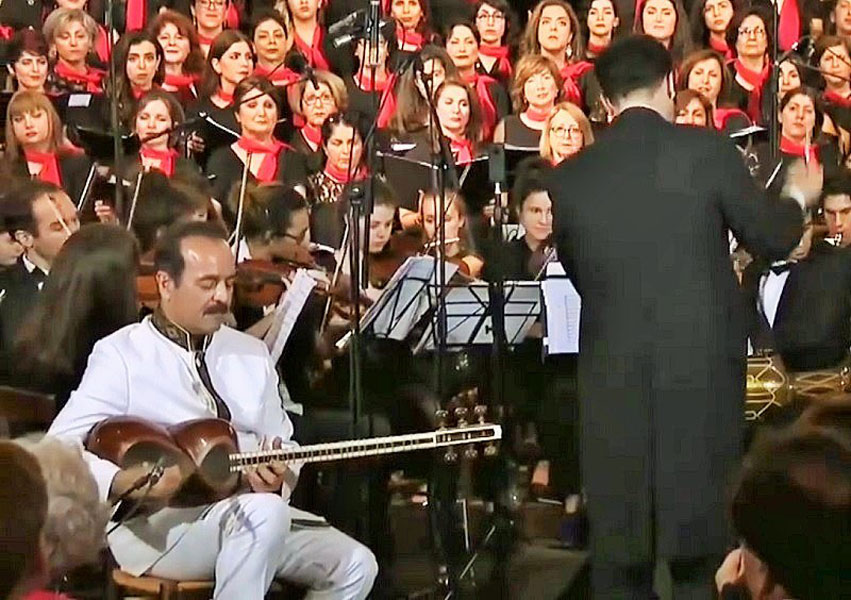
Here, from the set of skills of craftsmanship and performance art of the Tar, we will describe the skills of playing this traditional Iranian stringed instrument:
The Iranian tar player, while sitting, places the instrument horizontally on his thigh. He has the string neck on one side and the resonance box on the other side, in front of his body. Then, he moves the fingers of his left hand on the hands (positions) wrapped around the neck of the string and plays the strings with the plectrum.
The sound of this instrument is so pleasant that some musicians play it solo and the audience enjoys hearing it. In other words, the sound of this instrument is so pleasant and enjoyable that listening to it is enjoyable even without a band.
Crafting and the Structure of the Tar
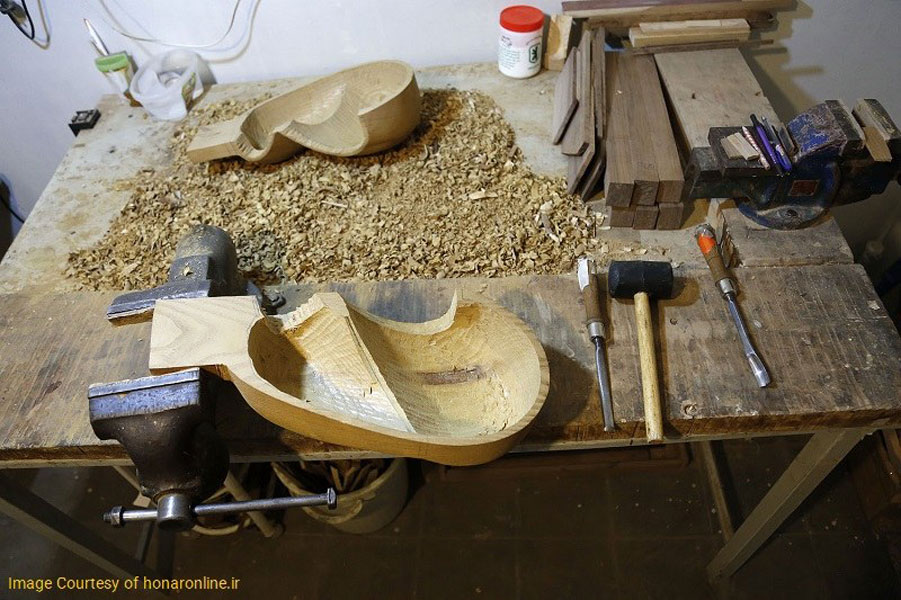
Since the middle of the 18th century, people have known tar in its current form. Here, we describe Tar craftsmanship and the skills needed for it:
The total length of this instrument is about 95 cm and includes the body, neck, and head.
The manufacturer makes the instrument body in the form of two bowl-shaped boxes (bowl and naqareh) carved from mulberry wood. It is noteworthy that Naqareh is a very ancient Iranian instrument.
The neck connects the body to the head. The frets screen is placed in that part. The strings are stretched from the body to the head and pass above the screen of the frets.
Tar makers craft the head at the end of the instrument, that is, where the peg box is fixed. The strings are fixed here and the instrument must be tuned with the six pegs installed at the end of the instrument.
Different Components of the Tar Instrument
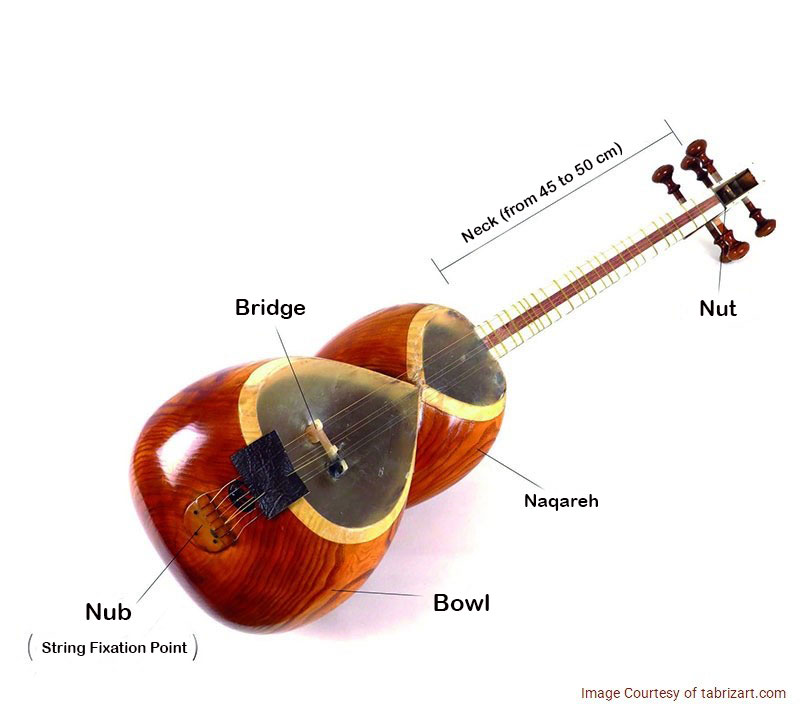
This Iranian stringed instrument has different components. Throughout history, Iranian master artists who were very advanced in the skills of craftsmanship and performance art of the Tar, have managed to make this instrument and its components as skilfully as possible. Here, we introduce the various components of tar:
- Resonance box (resonance bowl): This bowl is located in the body of the instrument. It is made from a piece of wood carved into two hollow holes (one larger than the other). The bigger part is called “bowl” and the smaller part is called “naqara”. The manufacturer covers the open part of the bowl and drum with animal skin and places the bridge on the skin of the bowl. The wood of these bowls is usually from the mulberry tree.
- Bridge: It is usually made of bone and is installed at both ends of the neck. The bridge is about 5 cm long and 2 cm high. The lower bridge, with its two small bases, is placed on the skin of the bowl, and the upper bridge is installed in the instrument head. The strings are placed individually in small sluts on the bridge.
- Neck: It is made of hardwood such as mulberry and walnut in the form of a strong handle with a length of approximately 50 cm and a diameter of 4 cm. It is possible to adjust 26 to 28 frets on the neck.
- Hands: Around the neck, the frets (they are wrapped perpendicular to the length, at constant intervals) are fixed around the neck. There are 26 to 28 adjustable frets on the neck.
- Peg box: It can be literally translated as a hand-tip section and is located at the upper end of the neck, i.e. in the head of the instrument. Three pegs are placed on each side of the box. Each string is tied to its own peg and musicians tune them separately.
- Nut: It is a low thin piece that is made of bone and is placed at the beginning of the head. It is as wide as the tar neck and 2 mm high and has shallow grooves. Wires pass through each of these slots and lead to the tuning jacks (pegs).
- Strings: Tar, has six strings. The first and second strings are white metal and the third and fourth wires are brass. The fifth wire, which is called Vakhan, is made of white metal and the sixth wire is made of yellow metal.
- Plectrum (pick): It is a metal piece that is usually made of brass and has a length of about 3-4 cm. Half of its length, which is placed in the player’s hand, is covered with wax.
Famous Tar Musicians in Iran
Due to the long history of Tar craftsmanship and playing skills in Iran, great musicians have also been trained in this field.
The skill of several well-known tar musicians is well-spoken and has high reputations. Here, we introduce some of the most famous ones:
Ebrahim Sarkhosh, Asadullah Hejazi, Ismail Mehrtash, Bijan Kamkar, Jalil Shahnaz, Jahanshah Sarmi, Hossein Alizadeh, Hossein Massoud, Hamid Fahadar, Dariush Talai, Dariush Pirniakan, Reza Vahdani, Suleiman Sayah Sepanlou, Keyvan Saket, Musa Maroufi, Hoshang Zarif.




